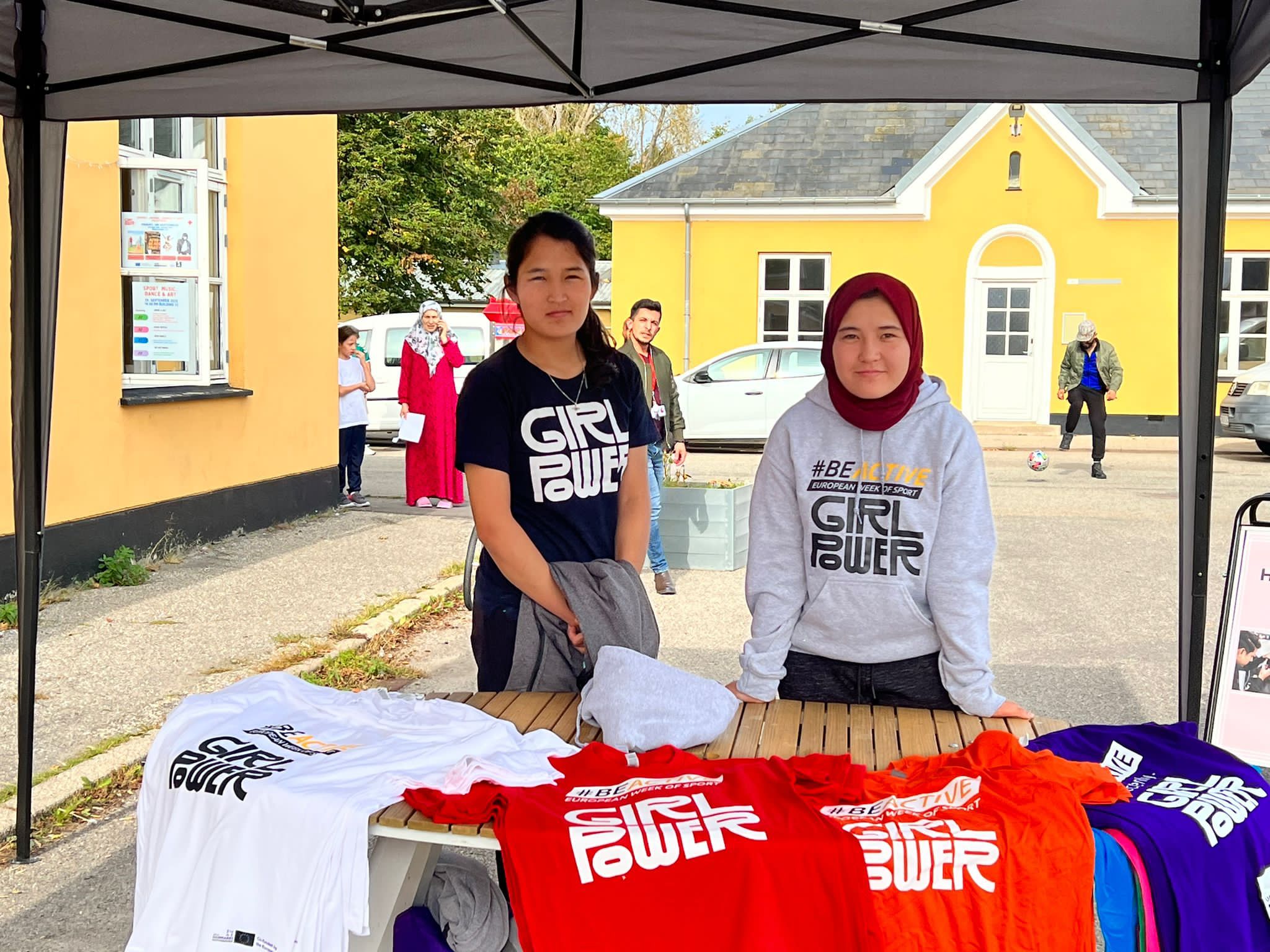We, the undersigned organizations and individuals from all over the world call upon you to take urgent action to prevent and respond to sexual violence in education settings.
Sexual violence is a profound, pervasive human rights violation that leaves lifelong trauma on individuals, communities and society. It occurs in all countries, regardless of economic development. Sexual violence can happen to anyone, anywhere. It occurs in education settings: at school, on the way to or from school, tuition classes, transport services, online, or in distance education settings. Sexual violence is one of the most pernicious forms of school-related gender-based violence (SRGBV). It can be perpetrated by and towards teachers, school staff, school management, learners in all their gender diversity, transport staff, parents and caregivers. Unwanted sexual touching, coercion, rape or attempted rape, sexual comments, transactional sex for grades or school access, and the sharing of sexualized images or text all constitute sexual violence.
Unequal power relations between men and women, boys and girls, and people of diverse genders are the main drivers of sexual violence, along with the harmful patriarchal norms that normalise it. That is why sexual violence in education settings is a gendered phenomenon. It is rarely reported. Survivors fear blaming, retaliation and stigma and often do not want to relive the trauma. Many do not have access to support or justice systems. Even where they exist, lack of capacity to manage cases often leads to re-victimization. When perpetrators enjoy impunity, the violence continues, becoming an everyday part of life.
Globally, 24% of 15–19-year-old girls who have ever been partnered experienced physical or sexual intimate partner violence.[1] Out of children who experienced sexual violence, up to 40% of boys and 20% of girls experience it at school. [2] Approximately 60 million girls are sexually assaulted on their way to or at school every year.[3] Around 300 million children have been affected by online child sexual exploitation and abuse over the past 12 months.[4] LGBTQI+ learners and learners with disabilities face higher risks of sexual violence in education settings. Sexual violence increases during crisis and conflicts when access to education decreases. Children on the move, children in institutions, children from ethnic or linguistic minorities, indigenous children bear the brunt, among others.[5]
As devastating as these numbers are, they are incomplete – it likely happens more than is reported, especially among the most marginalized. We do not have comparable data across countries, and little evidence exists from low- and middle-income countries. There is no measurement in national or school data of sexual violence in and around schools. But those who work in and with education settings, especially survivors, attest to the pervasiveness of SRGBV and sexual violence. In addition to not having, sufficient data on the sexual violence perpetrated by (mostly) men teachers, we know that teachers (mostly women) are also survivors of sexual violence.
Sexual violence cannot end until we see it, acknowledge it, report it, and take action to end it. The potential of education settings in prevention is under-recognized. We therefore call upon governments to:
1. Lead with accountability at the national level
Design, resource, and monitor policy and legislation prohibiting all forms of violence in and around schools, and online. In this way, we can end impunity against sexual violence.
Resource education institutions to address SRGBV and sexual violence within their settings. Ensure education institutions understand their obligations to report all forms of sexual violence, online and offline, to law enforcement or judicial institutions while centering the victim/ survivor’s best interests.
Recognize and prosecute sex for grades as corruption. Name sexual corruption as the first step to addressing it as part of a broader pattern of sexual violence. Shame it to change attitudes, behaviour, and norms. Ensure judicial institutions investigate all forms of school-related sexual violence reported and prosecute adult perpetrators.
Partner with women/girl-led national and local CSOs, teachers’ unions and young feminist activists working at the intersection of education, GBV and gender equality to create gender transformative education programmes [6]. They are the best experts on viable and inclusive referral pathways.
Ratify, implement, and monitor the enactment of ILO Convention C190 on reducing violence and harassment at work and Recommendation 206, the first international labour standards to provide a common framework to prevent, remedy and eliminate violence and harassment in the world of work, including gender-based violence and harassment.
2. Prevent and address sexual violence in education settings
Use survivor-centric models to protect and safeguard survivors. Develop the model with their leadership. They know the trauma and they know the solutions. Provide age-appropriate educative and corrective interventions for children who perpetrate sexual violence.
Use global standards such as whole-school approaches and minimum standards and the socio-ecological model along with evidence-informed education programs for prevention and response that also address harmful gender norms and practices.
Teach consent, respectful relationships, gender equality, disability-inclusiveness, and knowledge about sexual and reproductive health and rights to all students, teachers and staff (mandatory) in age-appropriate, cohort-appropriate ways. Deconstruct patriarchal gender norms and foster positive masculinities online and offline especially among young men and boys.
Ensure education institutions respond to sexual violence, including handling disclosures, safeguarding, utilizing referral pathways, keeping pregnant girls, adolescent mothers and LGBTQI+ learners at school.
3. Strengthen the case: monitoring, data, advocacy, and visibility of key issues and under-researched populations
Work with Ministries of Statistics to develop and implement gender-sensitive, ethical ways of collecting prevalence data from schools, homes, and communities. Adopt trauma-informed feminist participatory action research that places survivors at the center.
Put in place systemic monitoring and documentation of sexual violence in education settings. Safe and confidential data collection and use will help track incidents, improve responses strategies and learning.
Develop locally relevant and sensitive ways to discuss taboo topics like intimate partner violence and consumption of harmful pornography that when ignored can perpetuate sexual violence, with potential implications on education settings.
[2]Center for Global Development “What We Know (and Don’t Know) about Violence against Girls and Boys in School,” 2023.
[3]Global Women’s Institute, GWU. 2012
[4] Childlight | Into the Light Index Executive Summary
[5] Annual report of the Special Representative of the Secretary-General on Violence against Children, 2024
[6] Gender Transformative Education seeks to utilize all parts of an education system – from policies to pedagogies to community engagement – to transform stereotypes, attitudes, norms and practices by challenging power relations, rethinking gender norms and binaries, and raising critical consciousness about the root causes of inequality and systems of oppression. (UNGEI, 2021)
Signatories
| ActionAid International (Sweden) | Action Solidaire de la Jeunesse pour le Développement Communautaire (DRC) |
| Adi Tribal Foundation (India) | Africa Center for Health Systems and Gender Justice (Africa, regional) |
| AMPLIFY Girls (East and Southern Africa) | Ashoka University (India) |
| The Athena Network (UK) | Asociacia Civil Adultos por los Derechos de la Infancia (Argentina) |
| Avante - Educação e Mobilização Social (Brazil) | AWAZ Foundation Pakistan (Pakistan) |
| Billion Strong (Global) | Brave Movement (Global) |
| Breakthrough Trust (India) | Breakthrough Global (Global) |
| CARE International (Global) | Cambodia, Ministry of Education, Youth and Sport (Cambodia) |
| Caribbean Feminist (Caribbean, regional) | Co-operative Development Foundation of Canada (CDF Canada), VOICE for Women and Girls (Canada) |
| ChildFund International (Global) | Centro de Investigacion en Mercadeo & Desarrollo (Colombia) |
| Coalition for Good Schools (Global) | Coalizão Brasileira pelo Fim da Violência contra Crianças e Adolescentes (Brazil) |
| Childlight Global Child Safety Institute (UK) | Department of Basic Education; Republic of South Africa (South Africa) |
| Education Cannot Wait (Global) | Education International (Global) |
| Elimu Care (Kenya) | Elevate Children Funders Group (Global) |
| Enfold Proactive Health Trust (India) | Enough Abuse (USA) |
| Equality Bahamas (Bahamas) | Equimundo: Center for Masculinities and Social Justice (Global) |
| FAWE (Africa, regional) | Feminitt Caribbean (Caribbean, regional) |
| Freely in Hope (Kenya and Zambia) | Fundacion Red por la Infancia (Argentina) |
| Gender and Development for Cambodia (Cambodia) | Gender and Adolescence Global Evidence (GAGE) ODI (Global) |
| Girls Congress (Philippines) | GIZ - German Corporation for International Cooperation (Germnay) |
| Girls Not Brides (Global) | Gender-Based Violence and Femicide (GBVF) Response Fund (South Africa) |
| Girl Child Network Sierra Leone (Sierra Leone) | Global Campaign for Education (Global) |
| Global School Leaders (Global) | Good Tides Philippian Missions’ Foundation (Philippines) |
| Goal Quest Consult (Uganda) | Global Partnership for Education (Global) |
| Green Disability (Global) | Harassmap (Egypt) |
| Heartlines (Global) | Himalaya Innovate (Asia, regional) |
| Human Rights Watch (Global) | ISPCAN - International Society for the Prevention of Child Abuse & Neglect (Sweden- Global) |
| Instituto Jô Clemente (Brazil) | Institute for Human & Services Liberia Inc (Liberia) |
| JM Education and Research Centre (Ugenda) | Indonesian Planned Parenthood Association, Bali (Indonesia) |
| Ladbury Communications (UK) | CLADE - Latin American Campaign for the Right to Education (Latin America, Regional) |
| LM International (Global) | LVCT Health (Kenya) |
| Movimiento Por Ser Nina (Eduador) | Miriam Ujunwa Girls Foundation (Nigeria) |
| Partners in Health Mexico (Mexico) | Networking HIV and AIDS Community of South Africa - NACOSA (South Africa) |
| Plan International (Global) | Politics4Her (Global) |
| Population Council (Global) | Power of Youth Writers (Global) |
| PRESTO Policy Research Solutions (Global) | Promotion de la Famille Paysanne (DRC) |
| Protsahan India Foundation (India) | Raising Voices (Uganda) |
| Rangeen Khidki Foundation (India) | Room to Read (Global) |
| Safe Futures Hub and CPC (Global) | Samya Development Resources (India) |
| Sarah Nathaniel Snart foundation (Nigeria) | Save the Children (Global) |
| Sexual Violence Prevention Association (USA) | Sightsavers (Global) |
| Shieldthem Support Organization (Nigeria) | Sexual Offences Awareness and Response Initiative (Nigeria) |
| Social Development Direct (Global) | Sexual Violence Research Initiative (Global and Regional, Africa) |
| SwaTaleem Foundation (India) | South Africa Department of Basic Education (India) |
| Together for Girls (Global) | Tanzania National Institute for Medical Research (Tanzania) |
| Trocaire (Global) | The London School of Hygiene & Tropical Medicine (UK) |
| Trust for Indigenous Culture and Health (Kenya) | Tujifunze Africa Foundation (Africa, regional) |
| University of Indonesia (Indonesia) | Universidad Externado de Colombia (Colombia) |
| Universidade Federal do Paraná (Brazil) | UN Women (Global) |
| Voice of Children Nepal (Nepal) | University of Chicago (USA) |
| University of Texas at Austin (USA) | University of California, Los Angeles (USA) |
| Women In Democracy And Governance (Kenya) | Women Deliver (Global) |
| Women's Action Group (Global) | World Vision International (Global) |
| Zwara Arts & Theatre Society (Kenya) |


